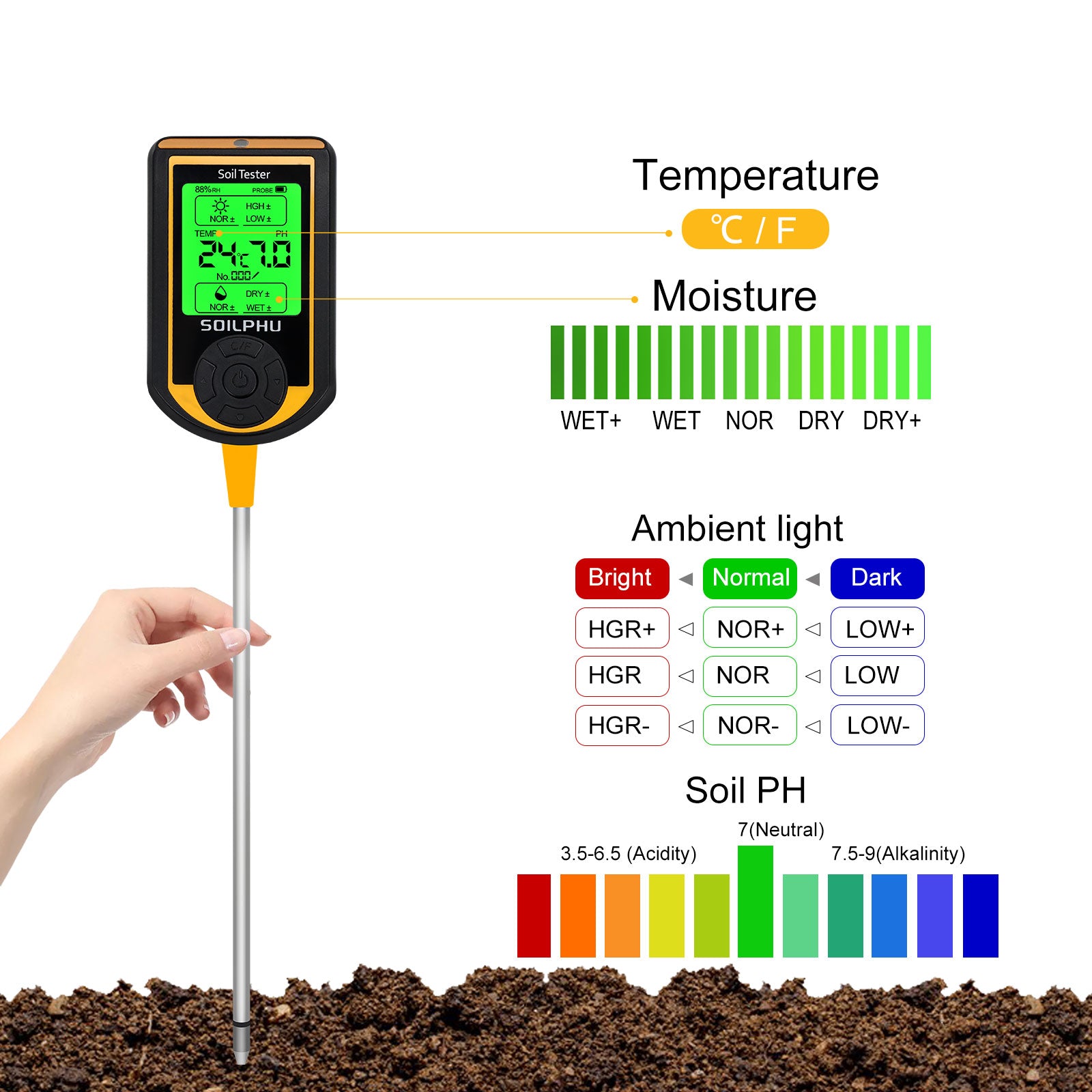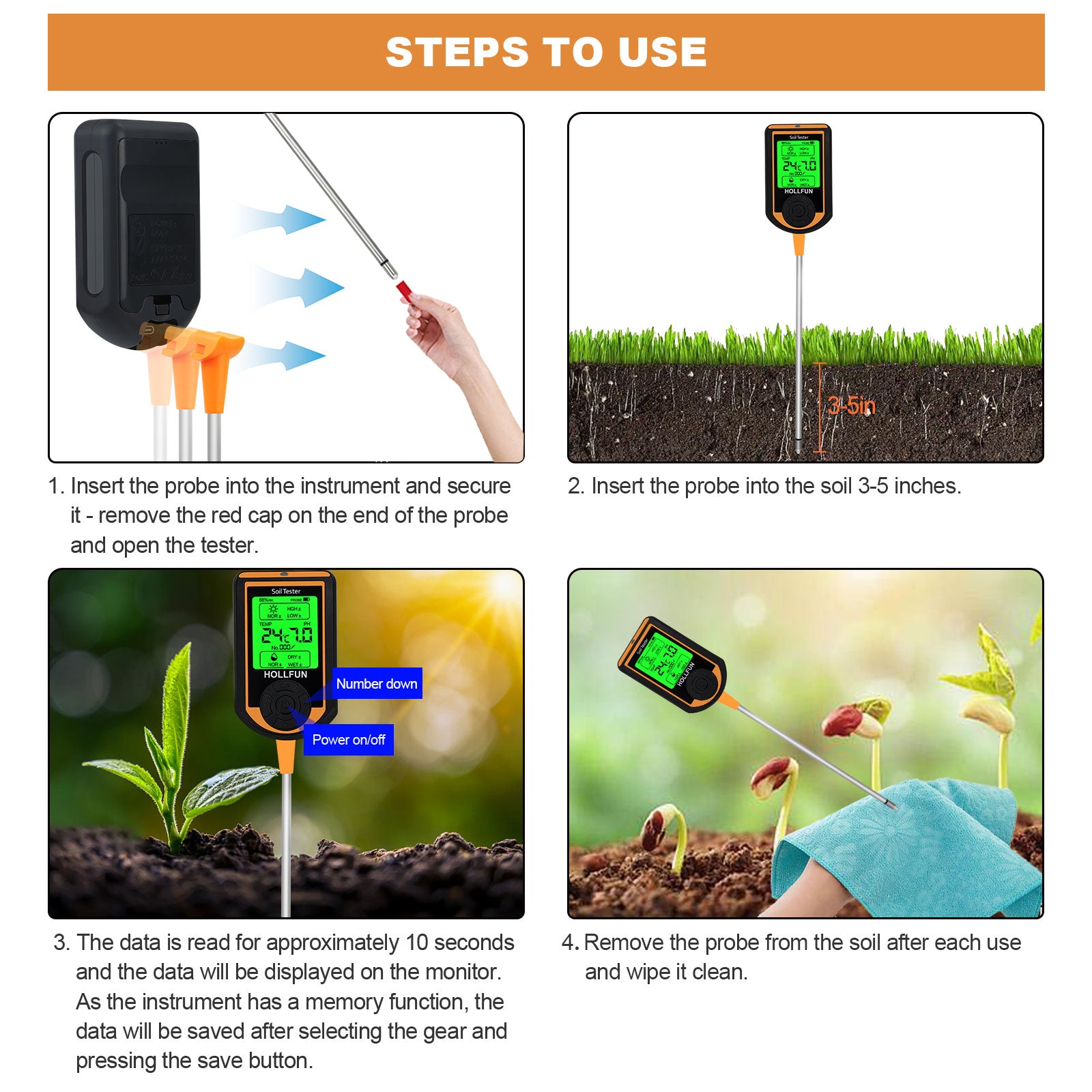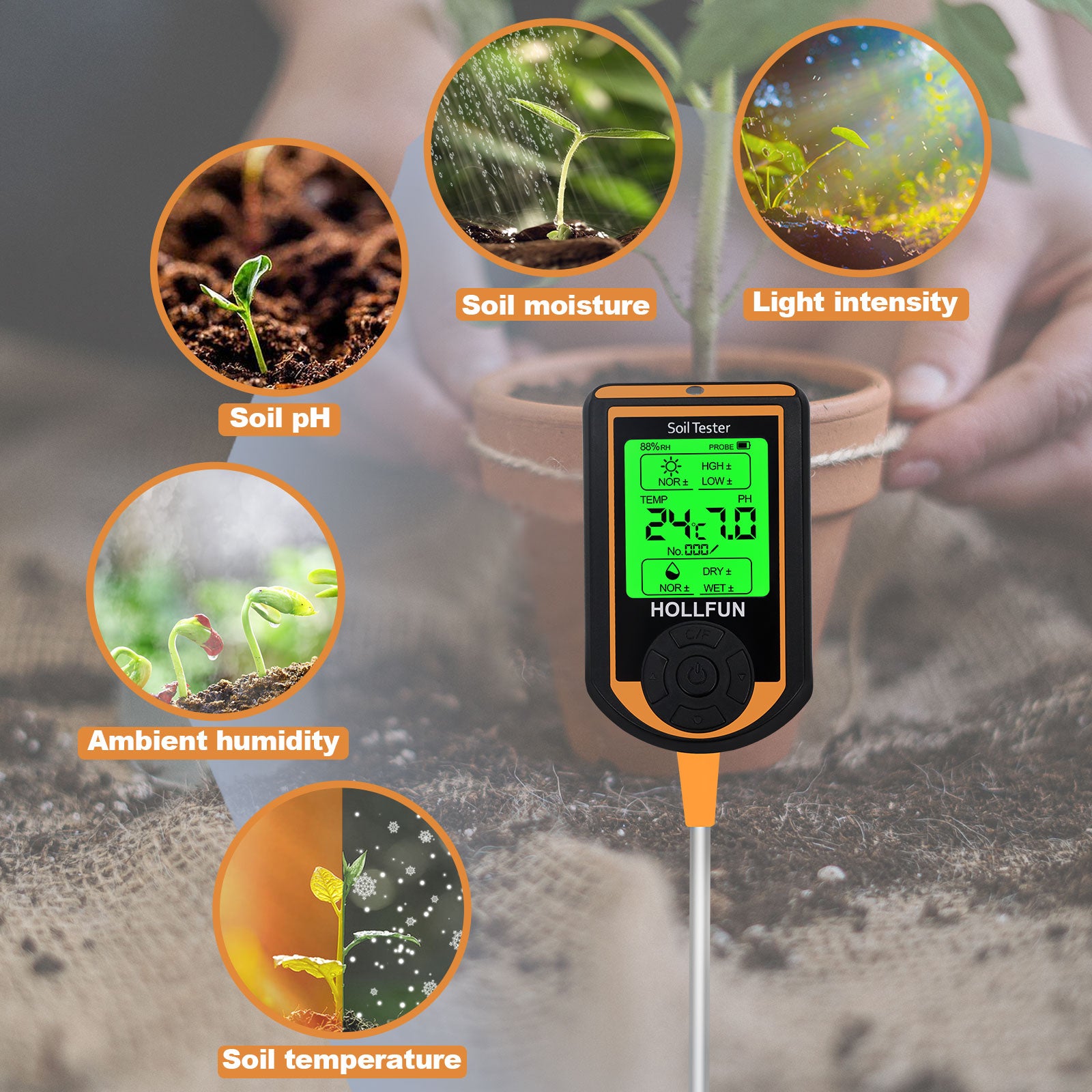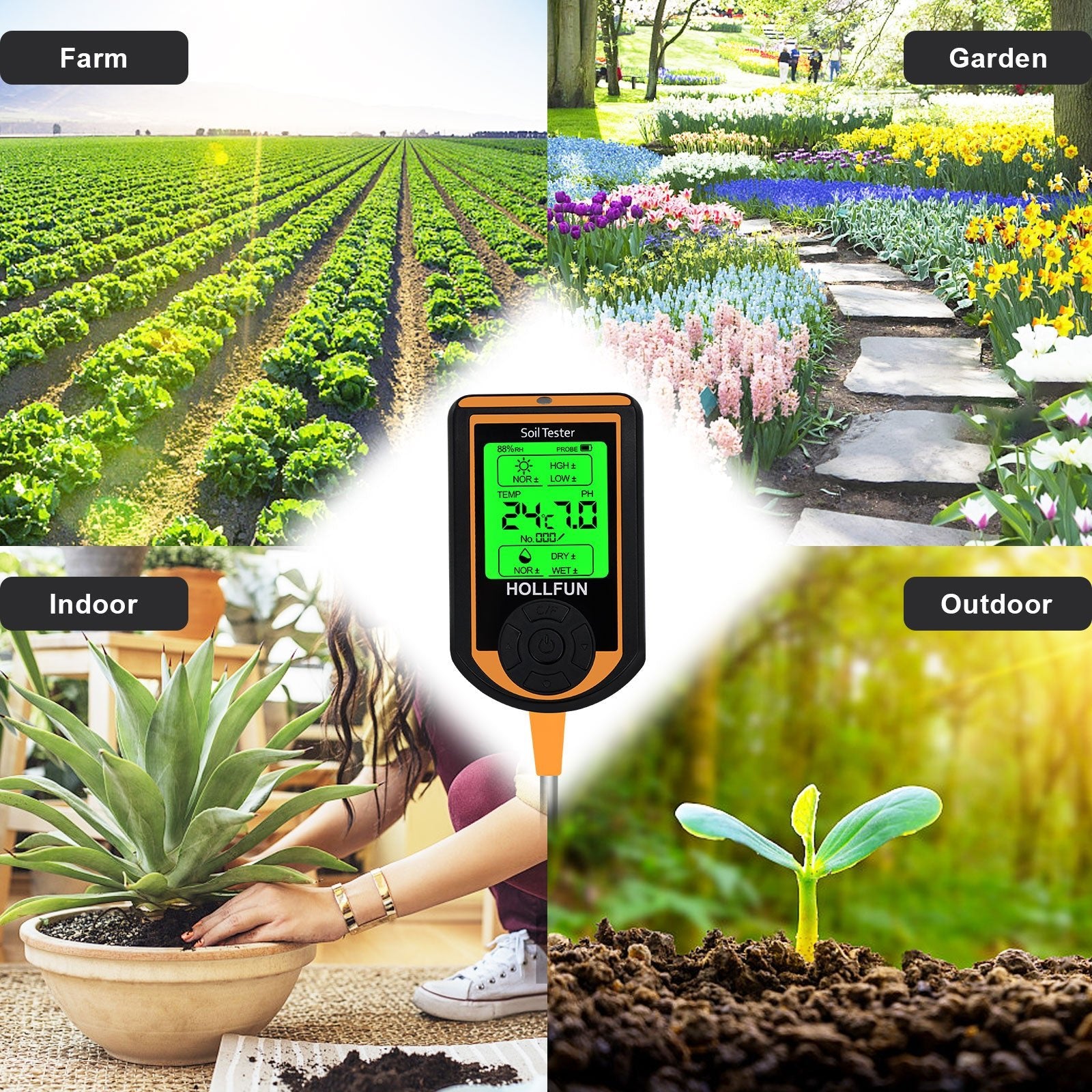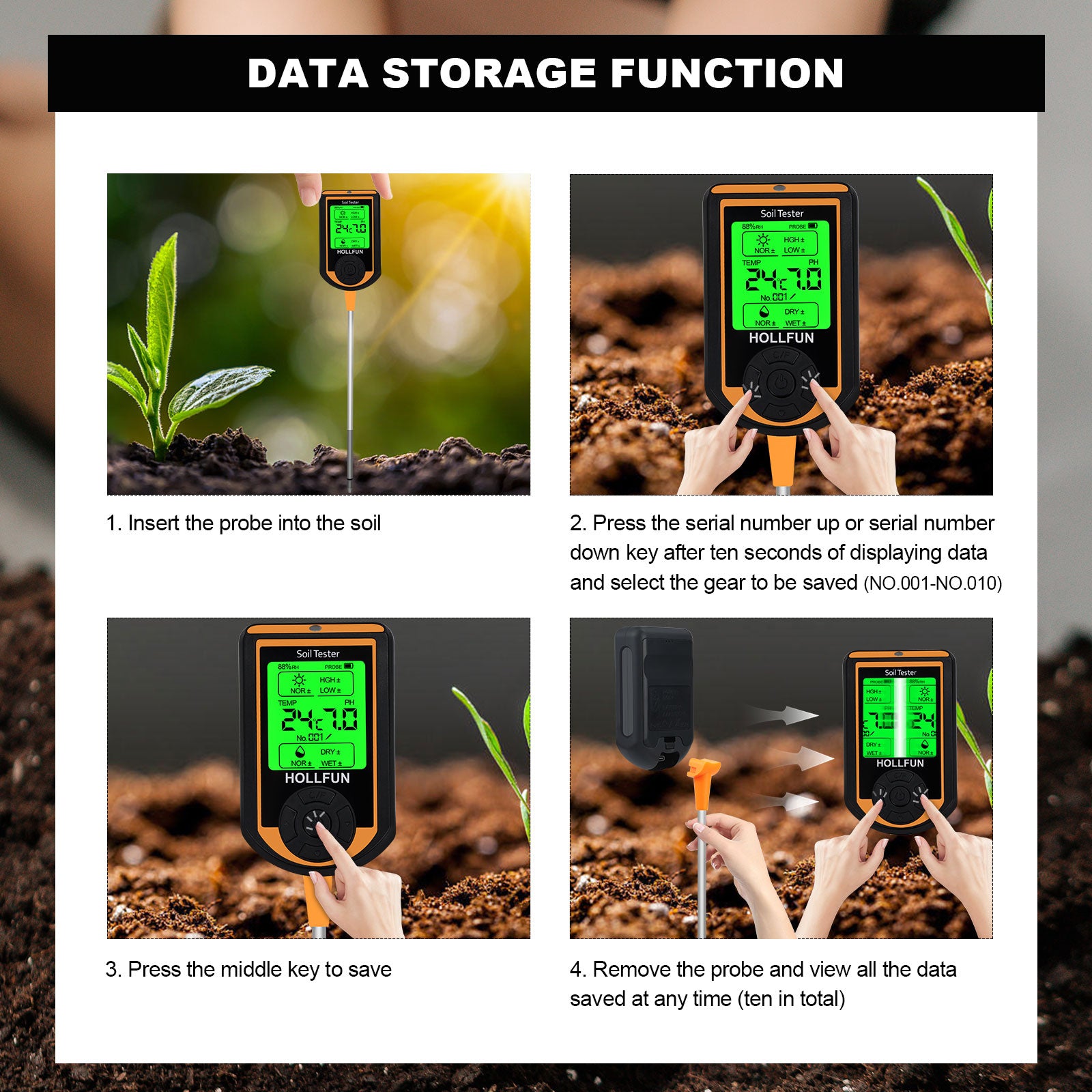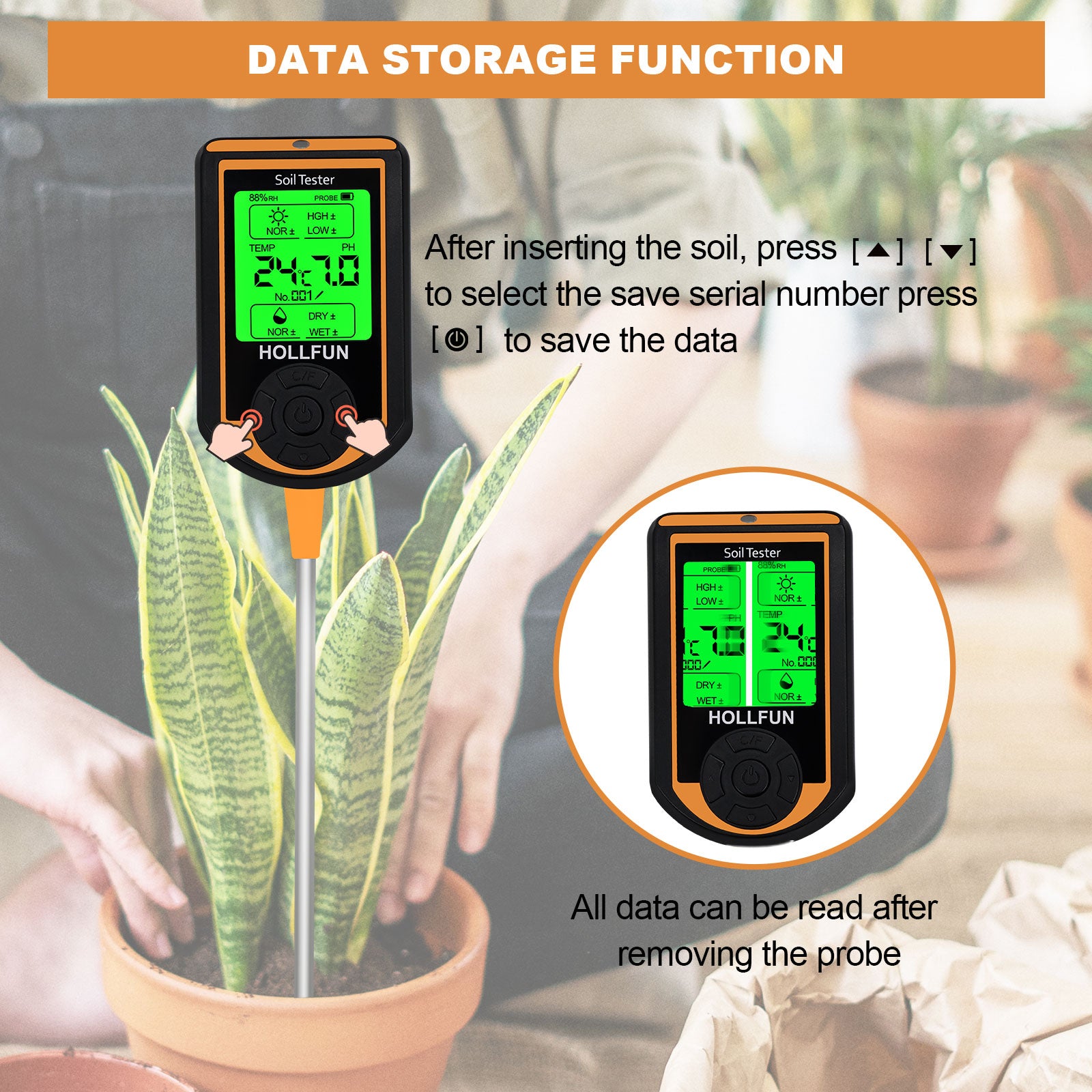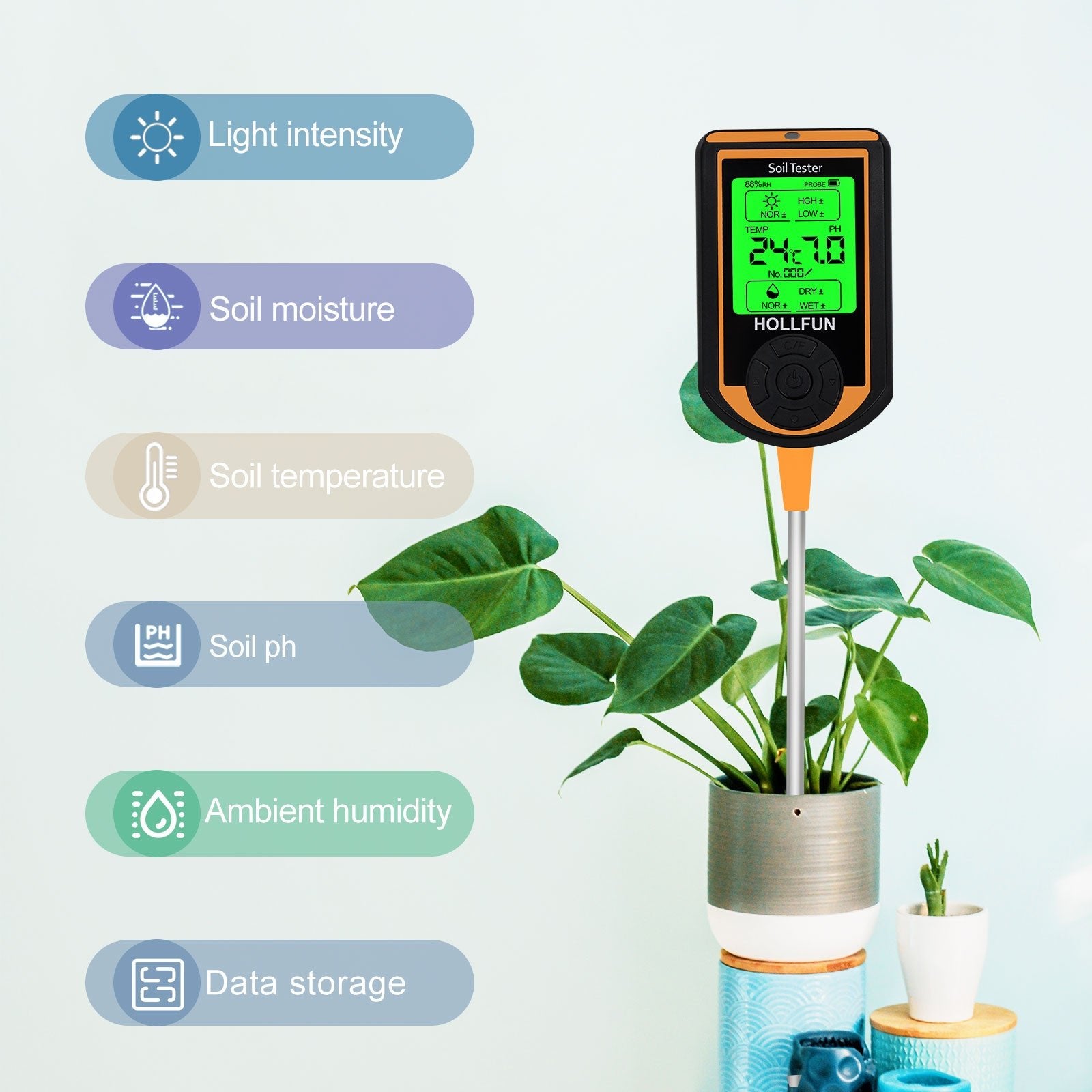Introduction:
Plant growth is a complex and magical process in which environmental factors play a crucial role. Temperature, humidity, pH and light levels are four major environmental factors that directly affect plant growth and development. In this science article, we will explore the importance of these four factors to plants and how they interact with each other to help readers better understand the plant growth process.
Temperature is an indispensable key factor in plant growth. Different plants have varying ranges of temperature adaptability, but most plants require an optimal temperature range for normal growth and metabolic activities. Temperature significantly influences processes such as seed germination, seedling growth, flowering, and fruit ripening. Both excessively high and low temperatures can restrict plant growth or have adverse effects. Certain vegetable crops like tomatoes and peppers exhibit slow growth at lower temperatures, whereas they thrive and grow rapidly within the suitable temperature range. Additionally, certain flowers such as tulips and daffodils require a period of chilling temperatures to induce flowering.
Humidity is the measure of moisture content in the environment and directly impacts plant growth. Plants regulate water absorption and loss through stomatal regulation, thus controlling transpiration. High humidity environments help plants maintain moisture and carry out photosynthesis, but excessively high humidity can lead to diseases and fungal infections. Conversely, low humidity can result in rapid water evaporation, affecting plant growth and development. Plants in tropical rainforests, such as ferns and orchids, typically adapt to high humidity environments. On the other hand, desert plants like cacti and succulents are adapted to low humidity and arid conditions. Cornflowers, beautiful flowers commonly found in Europe and North America, prefer abundant sunlight and relatively dry environments. They have low pH requirements in soil and exhibit strong adaptability.
pH level is a crucial indicator of soil acidity or alkalinity, and it plays a vital role in plant growth. Different plants have varying pH requirements in soil. Acidic soil (low pH) or alkaline soil (high pH) can restrict nutrient uptake by plants, affecting their health and growth. Optimal pH levels facilitate nutrient absorption by plant roots, maintain enzyme activity, and interact with soil microorganisms. Acid-loving plants like rhododendrons thrive in acidic soil with lower pH, while blueberry plants excel in such conditions. Conversely, some alkaline soil plants like carnations exhibit tolerance to higher pH levels. Lavender, a plant that favors abundant sunlight and dry environments, is commonly found in Europe. It adapts well to warm climates and alkaline soil. Lavender's growth requires ample sunlight, moderate humidity, and specific pH conditions in the soil.
Light intensity is a vital energy source for photosynthesis in plants. Plants absorb light energy through chlorophyll, converting it into chemical energy and synthesizing nutrients and compounds. Light intensity plays a crucial role in plant growth and development. Different plants have varying degrees of light requirements. Some plants thrive with ample direct sunlight for photosynthesis, while others adapt better to indirect light or partial shade. The intensity, duration, and spectral composition of light all impact plant growth. Optimal light levels contribute to healthy plant growth, leaf expansion, flower bud differentiation, and fruit development. In regions with abundant sunlight, roses and sunflowers flourish, displaying vibrant colors in their blooms. Conversely, in shaded environments, adaptable plants like ferns and spider plants tend to thrive.
- How to help plants grow better
Given the importance of understanding the plant growth environment, our team has developed an advanced soil testing instrument. This instrument is equipped with functionalities to measure temperature, humidity, pH levels, and light intensity, providing you with comprehensive insights into key parameters of the plant's surrounding environment.
By measuring temperature, you can ensure that the plants are within the optimal temperature range, promoting their normal growth and metabolic processes. Humidity measurements allow you to understand the moisture content in the vicinity of the plants, helping you regulate irrigation and transpiration to maintain proper water balance.
pH level measurement is crucial for optimizing nutrient absorption in the soil. Our soil testing instrument accurately measures the soil's acidity or alkalinity, assisting you in adjusting the pH level to create a more suitable environment for plant growth and enhance nutrient uptake efficiency.
Additionally, the instrument can measure light intensity, allowing you to assess whether the plants are receiving sufficient light energy. Based on the measurement results, you can adjust the positioning of the plants or provide appropriate supplemental lighting to ensure proper photosynthesis and promote healthy plant growth.
By utilizing our advanced soil testing instrument, you can gain a deeper understanding of the plant's growth environment and make informed decisions to optimize conditions for plant health and productivity.
Combined impact:
These four environmental factors interact with each other and collectively determine the growth and health of plants. For example, temperature variations impact plant transpiration and water requirements, while humidity regulates the rate of water loss from plant leaves. pH levels directly affect nutrient solubility in the soil and the plant's ability to absorb them through the roots. Light intensity determines the plant's capacity for photosynthesis, thereby influencing nutrient uptake and biosynthetic processes.
Understanding and controlling these environmental factors are crucial for plant cultivation and horticultural management. Modern soil testing instruments that measure temperature, humidity, pH levels, and light intensity can assist growers in monitoring and adjusting plant growth environments more effectively. By regularly testing and analyzing these factors, timely measures can be taken to optimize plant growth conditions, improve yield and quality, prevent pest and disease occurrences, and promote overall plant health and development.
Conclusion:
environmental factors play a crucial role in the growth and development of plants. Temperature, humidity, pH levels, and light intensity are four key factors among them. Understanding and controlling these factors are essential for the health and productivity of plants. Modern soil testing instruments provide us with convenient and accurate measurement tools, helping us better understand and manage the plant growth environment, leading to improved cultivation results and crop yields. Through continuous monitoring and adjustment, we can provide plants with optimal growing conditions, supporting sustainable development in agriculture and horticulture.
In the end:
In the process of plant growth, understanding and managing environmental factors are crucial. Our soil testing instrument provides you with the ability to accurately measure temperature, humidity, pH levels, and light intensity, helping you optimize the plant growth environment and improve yield and quality. Whether you are a professional horticulture enthusiast or an agricultural producer, our product will be your reliable assistant, enabling you to better understand and meet the needs of plants, and achieve better cultivation results.



